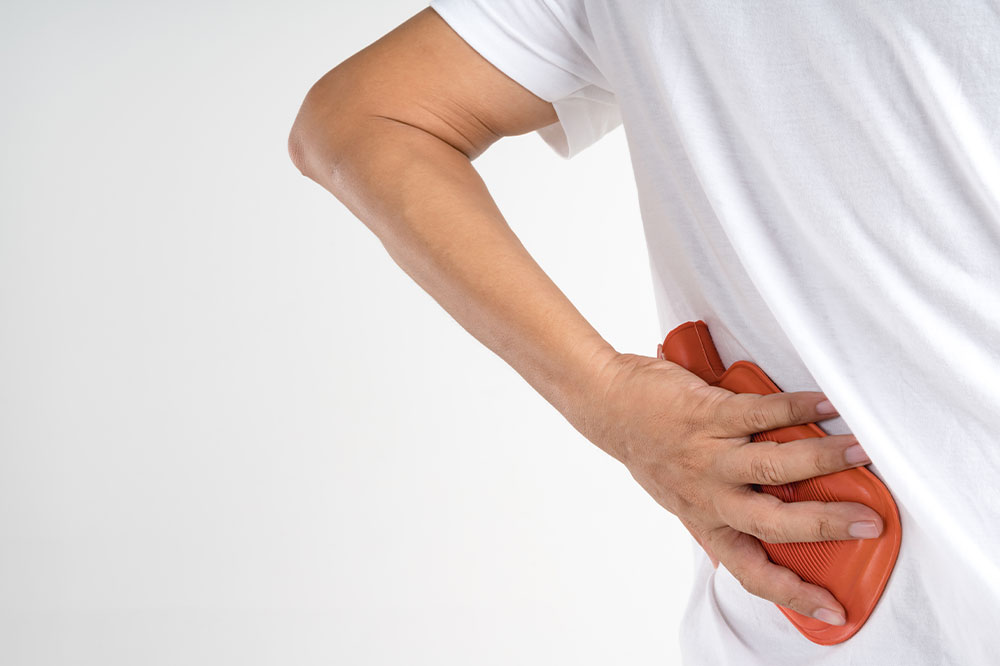Effective Home Remedies for Alleviating Lower Back Discomfort
Discover simple and effective home remedies to relieve lower back pain naturally. From rest and heat therapy to targeted exercises and medical options, learn how to manage discomfort and support spinal health effectively.

Effective Home Remedies for Alleviating Lower Back Discomfort
Lower back discomfort is a common condition affecting the muscles, bones, and nerves in the lumbar area. It often results from strain, injury, or underlying health issues and can interfere with daily life. The lumbar region, which supports the upper body, comprises joints, muscles, ligaments, and nerves that work together to maintain mobility and stability. Muscles in the L1-L5 vertebrae are essential for hip flexibility and rotation.
The nerves in this area support limb muscles. Strain or injury here can hinder routine movements, causing pain ranging from dull aches to sharp stabbing sensations, affecting mobility. Such pain can occur suddenly due to injury or health conditions. Generally, swelling and discomfort improve with time, but persistent pain lasting weeks may become chronic, needing targeted management.
Ways to Relieve Lower Back Pain
If you experience lower back pain, trying these methods may help ease your discomfort:
Rest
Avoid strenuous activities, both physical and mental, to give your back a break. Rest allows muscles to relax, reducing pressure and promoting healing.
Warm and Cold Therapy
Applying heat enhances circulation, delivering nutrients and oxygen to the muscles, aiding recovery. Use a hot water bottle, heating pad, or soak in a hot bath. Cold packs help reduce inflammation and numb pain, slowing nerve impulses. Alternating between heat and cold can be very effective. Use heat before movement to loosen muscles, and cold after activity or during rest to prevent inflammation.
Medical Interventions
Medical treatments can provide significant relief, often alongside physical therapy. Common approaches include:
Epidural steroid injections: Deliver steroids directly to the affected nerve area to reduce inflammation temporarily, guided by live X-ray.
Muscle relaxants: Help reduce muscle spasms and tightness by calming nerve signals.
Narcotic painkillers: Short-term medications that modify pain perception by affecting brain signals.
Support braces: Provide stability and reduce strain, aiding healing especially when combined with therapy.
Exercise and Strengthening
Incorporating targeted exercises can be crucial for long-term relief, especially for ongoing issues. Physical activity releases endorphins—natural painkillers—that help reduce discomfort. Recommended exercises include:
Stretching: Improves flexibility of lower back, hips, and hamstrings, preventing stiffness.
Core strengthening: Strengthening abdominal, hip, and glute muscles helps support the spine and reduce pain.
Remember to consult your healthcare provider before starting any medication or exercise routine.









